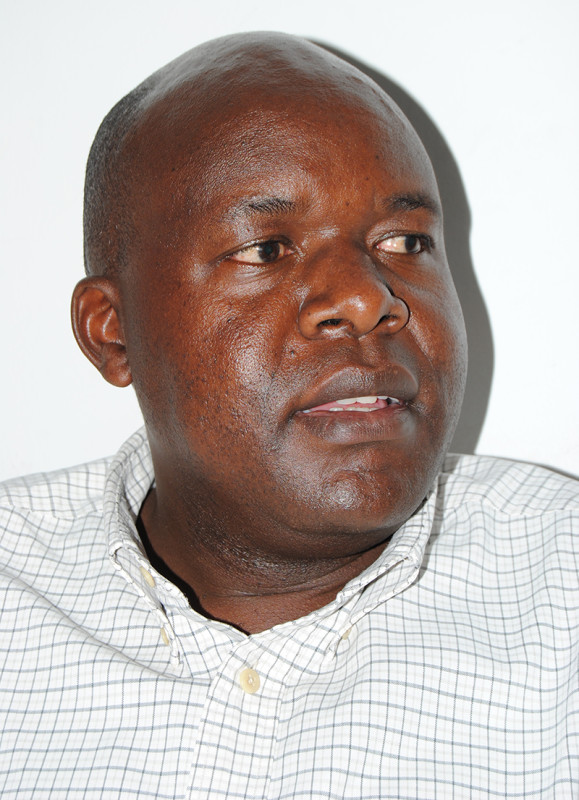New policy paper highlights potential of seaweed in Africa

A new policy paper by the African Development Bank has highlighted the potential of seaweed farming as a means of augmenting socio-economic development in various African countries, despite current low productivity levels.
The new policy paper says African countries should invest more to promote partnerships between private companies and communities involved in seaweed production, and also work to scale up research and development in the sector.
“The ability to achieve sufficient productivity with resilient local strains requires long-term investment in research and development,” the paper said.
Currently, seaweed production is carried out in Tanzania, South Africa, Morocco, and Madagascar where public-private partnerships involving communities have made it possible for the seaweed farming ventures to “move quickly from experimentation to economically viable production.”
Combined, the countries produce an annual output of slightly more than 200,000 metric tons of seaweed, giving Africa a 0.5 percent share of global production.
The paper also urges African countries with seaweed production potential to leverage a USD 300 million (EUR 279 million) fund for African aquaculture launched by Aqua-Spark last year.
According to the African Development Bank, public and private investors should be capitalize on seaweed farming market openings created by the Aqua-Spark fund, as opposed to current trend where the fund’s pipeline is dominated by tilapia opportunities.
Both Tanzania and Madagascar have operations cultivating red algae from strains imported from Indonesia and the Philippines, but those farms are susceptible to bacterial infections during periods of warmer temperatures, exacerbated by the shallow-water culture method used in cultivation.
With hundreds of marine seaweeds on each of its coasts, Africa has plenty of natural resources to utilize in seaweed farming, the paper noted. Integrating algae into the country’s farming systems could be as beneficial to the continent as agroforestry, according to the paper's economic estimate.
“The production of carrageenans from red algae, and alginates from green or brown algae, already exists on a medium scale on the continent, notably in Tunisia and Morocco, and could contribute to the development of the agri-food industry at a regional level,” the paper said.
Scaling up seaweed production would also help Africa mitigate the effects of climate change through carbon capture “and the enhancement of ecosystem services through the restoration or creation of coastal habitats suitable for fisheries and tourism.”
However, the paper said the future of Africa’s nascent seaweed market will require a more robust effort to diversify the region’s aquaculture industry.
“The farming processes are simple, do not require land, freshwater, or inputs, and can improve the productivity of other types of aquaculture (fish, shellfish) by reducing economic risks,” the paper said.
Photo courtesy of The Nature Conservancy






Share